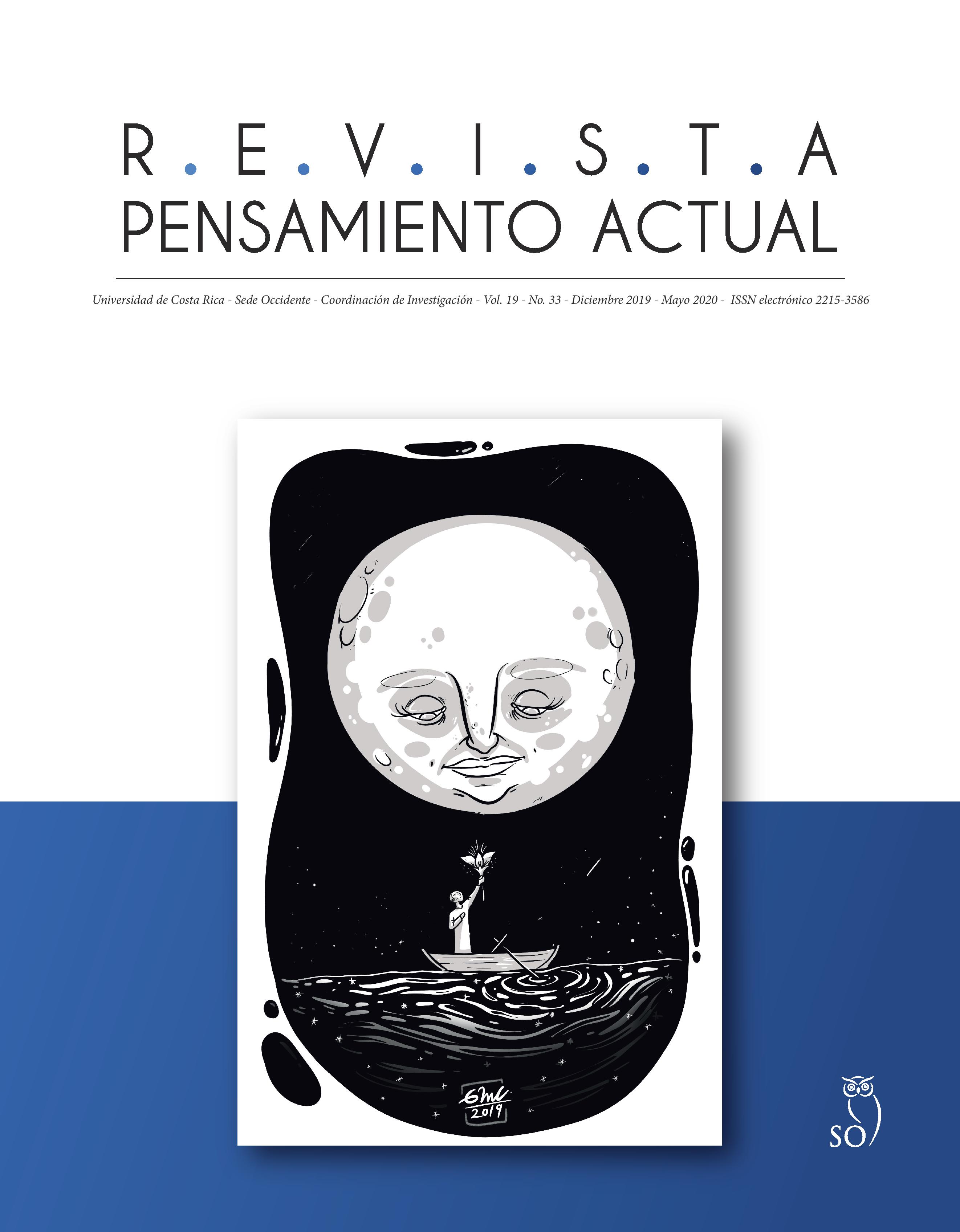Resumen
Presentamos la lista de anfibios para el Bosque Nuboso de El Silencio de Los Ángeles (Hotel y Reserva Villa Blanca) en San Ramón de Alajuela, Costa Rica, Centro América. Realizamos estudios nocturnos visuales y acústicos en el sistema de senderos, principalmente de 2013 a 2014. También recibimos datos de los guías locales hasta 2019. Comparamos la similitud de la riqueza de anfibios de nuestro sitio contra otros sitios premontanos en Costa Rica con un Análisis Clúster (índice de Jaccard, enlace único). Registramos 26 especies distribuidas en 16 géneros, ocho familias y dos órdenes. Notrotiton gamezi fue la única especie amenazada detectada. El sitio del Bosque Nuboso de El Silencio de los Ángeles presenta una similitud de alrededor del 80% a la Estación del Río San Lorencito y 55% a la Reserva Nectandra. Con un 12% de la riqueza de anfibios de Costa Rica, este bosque premontano debe considerarse entre los bosques nublados más importantes del centro de Costa Rica para la conservación de los anfibios.
Citas
Acosta-Chaves, V.J., Bolaños, F., Spínola, R.M., Chaves, G. 2016. “Density, biomass, and phenology of Craugastor underwoodi (Boulenger, 1896) from mid-elevation forests in the Valle de Orosi, Costa Rica”. Mesoamerican Herpetology, 3(4): 900-908.
Acosta-Chaves, V.J., Chaves, G., Abarca, J.G., García- Rodríguez, A., Bolaños, F. 2015. “A checklist of the amphibians and reptiles of Río Macho Biological Station, Provincia de Cartago, Costa Rica”. Check List, 11(6): 1784.
Acosta-Chaves, V.J., Cossel, J.O. 2016. “Smilisca phaeota (Cope, 1862). Colonization”. Mesoamerican Herpetology, 3(3): 713-715.
Acosta-Chaves, V.J., Madrigal-Elizondo, V., Chaves, G., Morera-Chacón, B., García-Rodríguez, A., Bolaños, F. 2019. “Shifts in the diversity of an amphibian community from a premontane forest of San Ramón, Costa Rica”. Revista de Biología Tropical, 67(2): 259-273.
Arias, E., Bolaños, F. 2014. “A checklist of the amphibians and reptiles of San Isidro de Dota, Reserva Forestal Los Santos, Costa Rica”. Check List, 10(4): 870-877.
Bolaños, F., Ehmcke, J. 1996. “Anfibios y reptiles de la Reserva Biológica San Ramón, Costa Rica”. Pensamiento Actual, 2(1): 107-112.
Frost, D. (2018). Amphibian Species of the World: an Online Reference. Version 6.0. New York: American Museum of Natural History. Available in: http://research.amnh.org/vz/herpetology/ amphibia/ (18 July 2018).
Gómez-Hoyos, D., Méndez-Arrieta, R., Méndez-Arrieta, A., Seisdedos-de-Vergara, R., Abarca, J., Barrio-Amorós, C., González-Maya, J. 2018. “Anuran inventory in a locality of the buffer area of La Amistad International Park, Costa Rica: pilot study for Citizen Science application”. Anales de Biología, 40(1): 57-64.
Hammer, Ø., Harper, D.A.T., Ryan, P.D. 2001. “PAST: Paleontological statistics software package for education and data analysis”. Palaeontologia Electron, 4(1): 1-9.
Heinicke, M.P., Lemmon, A.R., Lemmon, E.M., McGrath, K., Hedges, S.B. 2018. “Phylogenomic support for evolutionary relationships of New World direct-developing frogs (Anura: Terraranae)”. Molecular phylogenetics and evolution, 118(1): 145-155.
Herrera, J.M. 2011. “El papel de la matriz en el mantenimiento de la biodiversidad en hábitats fragmentados. De la teoría ecológica al desarrollo de estrategias de conservación”. Ecosistemas, 20(2): 21-34.
Heyer, W.R., Donnelly, M.A., McDiarmid, R.W., Hayek, L.C., Foster, M.S. (1994). Measuring and monitoring biological diversity: Standard methods for amphibians. Washington, DC: Smithsonian Institution Press, 323 p.
Holdridge, LR (1987). Ecología: basada en zonas de vida. San José, Costa Rica: Instituto Interamericano de Cooperacion para la Agricultura, 206 p.
IUCN (2018). The IUCN Red list of Threatened Species. International Union for Conservation of Nature and Natural Resources. Available in: http://www. iucnredlist.org/ (18 July 2018).
Leenders, T. (2016). Amphibians of Costa Rica: A field guide. Ithaca, New York: Zona Tropical Publications,544 p.
Mata-Silva, V., DeSantis, D. L., García-Padilla, E., Jhonson, J. D., Wilson, L. D. 2019. “The endemic herpetofauna of Central America: a casualty of anthropocentrism”. Amphibian & Reptile Conservation, 13(1): 1-64.
Morera, B., Granados, A. 2013. “Distribución y abundancia de Musa velutina en un bosque nuboso, Ángeles de San Ramón, Alajuela, Costa Rica”. Red Latinoamericana para el Estudio de Especies Invasoras, 3(1): 16-22.
Morera-Chacón, B.H., Jiménez-Castro, J.E. 2017. “Primer reporte de Agalychnis callidryas (Hylidae) en la Reserva Biológica Alberto Manuel Brenes”. Pensamiento Actual, 17: 59-60.
Morera-Chacón, B.H., Sánchez-Porras, R. 2015. “Anfibios y reptiles de la Reserva Biológica Alberto Manuel Brenes”. Pensamiento Actual, 15(25): 39-59.
Pounds, J., Bolaños, F., Wake, D., Savage, J. (2008). Nototriton gamezi. The IUCN Red List of Threatened Species. International Union for Conservation of Nature and Natural Resources. Available in: http://www.iucnredlist.org/ details/59294/0 (18 July 2018).
Rovito, S.M., Devitt, T.J., Devitt, S.C. 2015. “First survey of the amphibians and reptiles of the Nectandra Cloud Forest Reserve, Alajuela, Costa Rica”. Check List, 11(2): 1570.
Savage, J.M. (2002). The amphibians and reptiles of Costa Rica: a herpetofauna between two continents, between two seas. Chicago: University of Chicago press, 934p.
Zumbado-Ulate, H., Nelson, K. N., García-Rodríguez, A., Chaves, G., Arias, E., Bolaños, F., Whitfield, S. M., Searle, C. L. 2019. “Endemic Infection of Batrachochytrium dendrobatidis in Costa Rica: Implications for Amphibian Conservation at Regional and Species Level”. Diversity, 11(8): 1-20.

